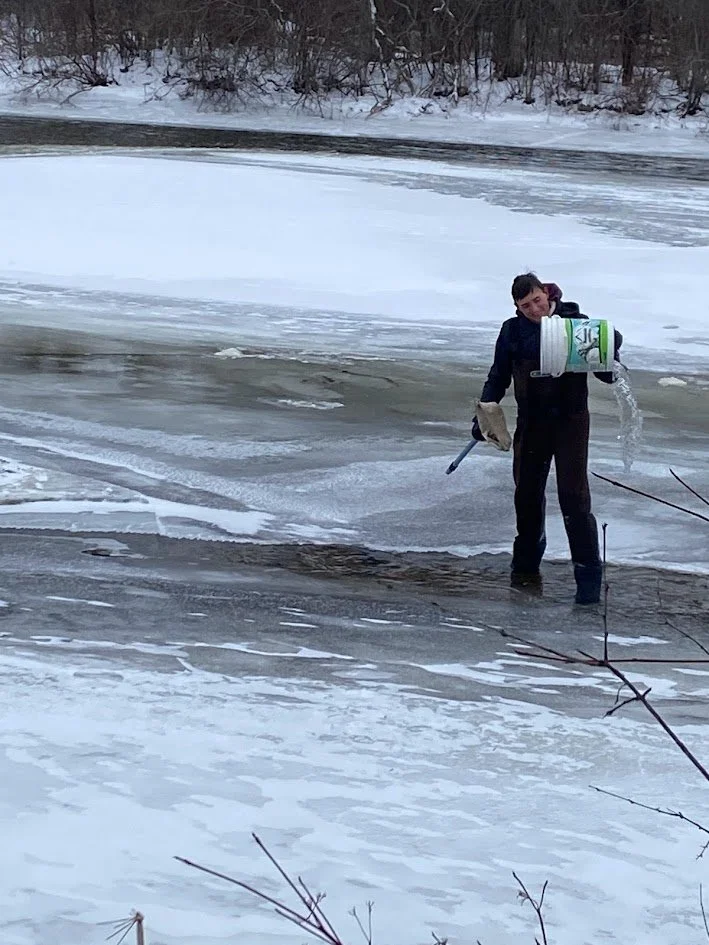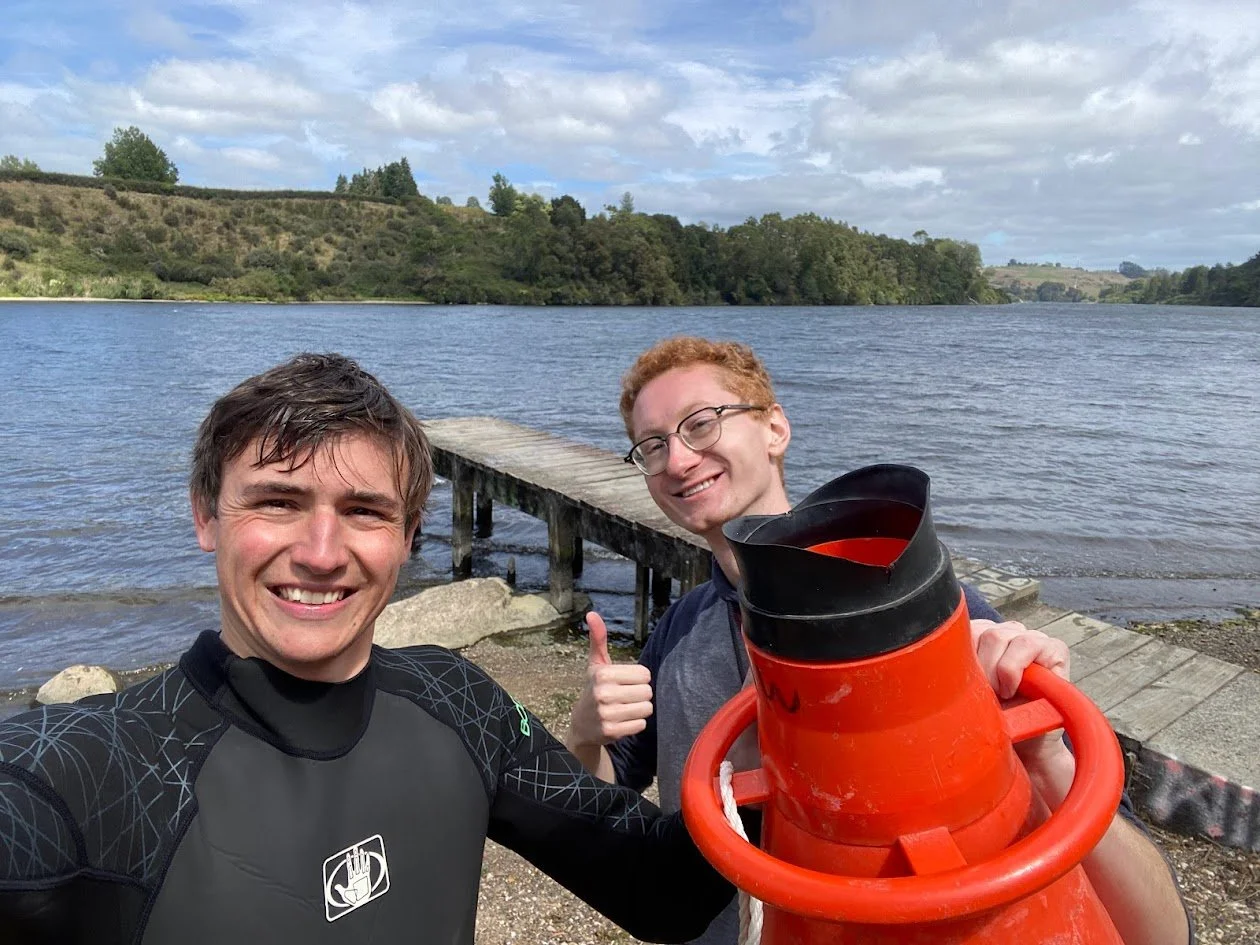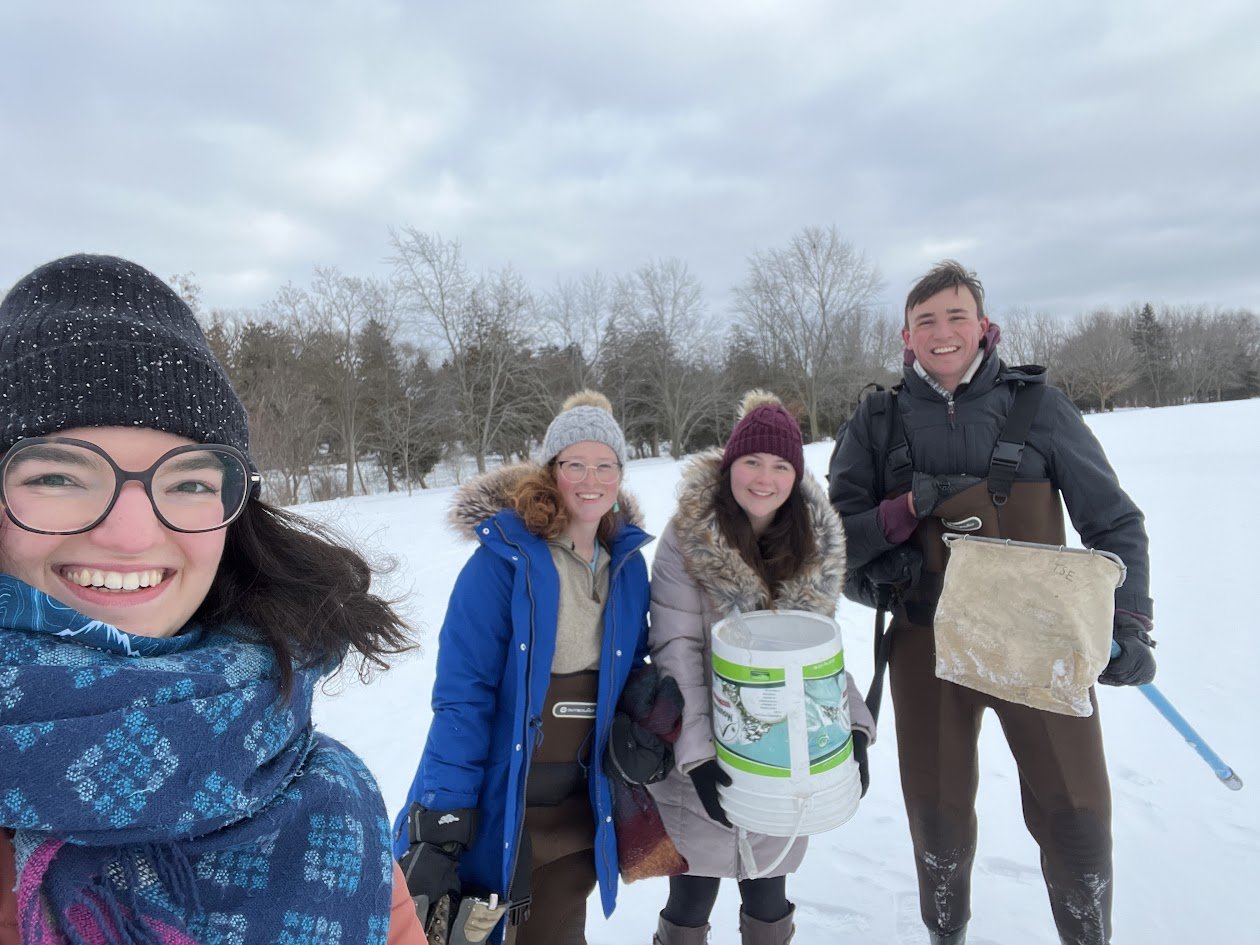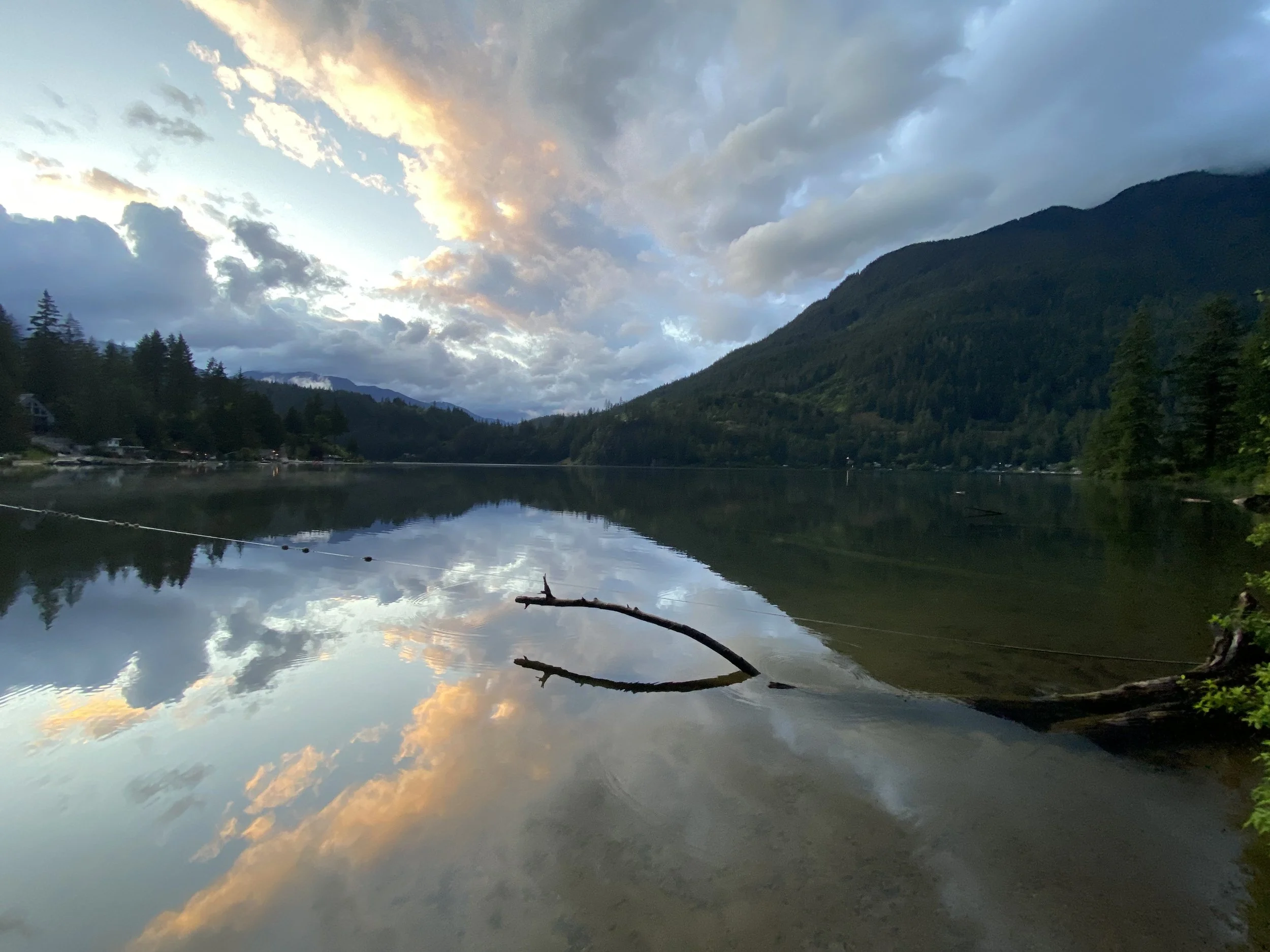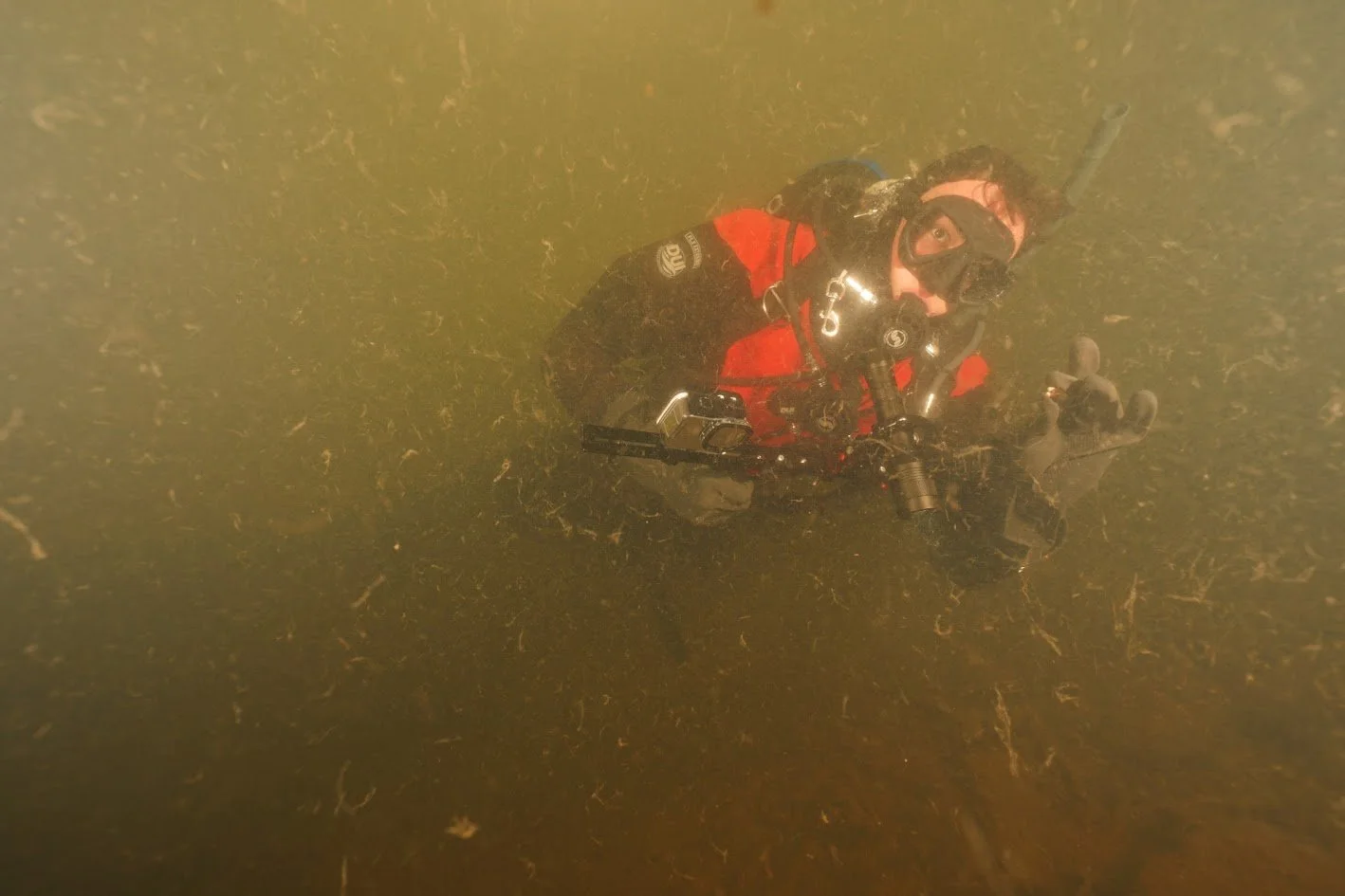
A global comparison of the microbiome of an invasive clam
One hypothesis explaining the success of invasive species is their relationships with microorganisms (their microbiome), which include both their mutualistic symbionts and the pathogens they might carry and transmit to competitive native species. Although the importance of the microbiome of invasive species is well established in plants, it has received little attention in animals. To work towards filling this gap, I aim to improve our understanding of the dynamics of the microbiome of Corbicula fluminea with regard to its spread around the globe. I aim to compare multiple invaded sites and native sites to determine if there is a core microbiome common to C. fluminea from across the globe or if the microbiome changes completely to match the environment. I also intend to investigate if any specific species may be providing C. fluminea with success in its invaded range.
This work is not only of academic interest but has the potential to generate predictions regarding where C. fluminea may be able to spread in the future, allowing the prioritisation of management actions. The results might also lead to further discoveries and research that could be applied to control measure development in the future, for example, through the development of anti-, pre-, or pro-biotic compounds.
Currently, the project is a large international collaboration of approximately 20 researchers. I am always on the lookout for more people who may want to join, if you have C. fluminea in your region and want to be involved, please contact me.
